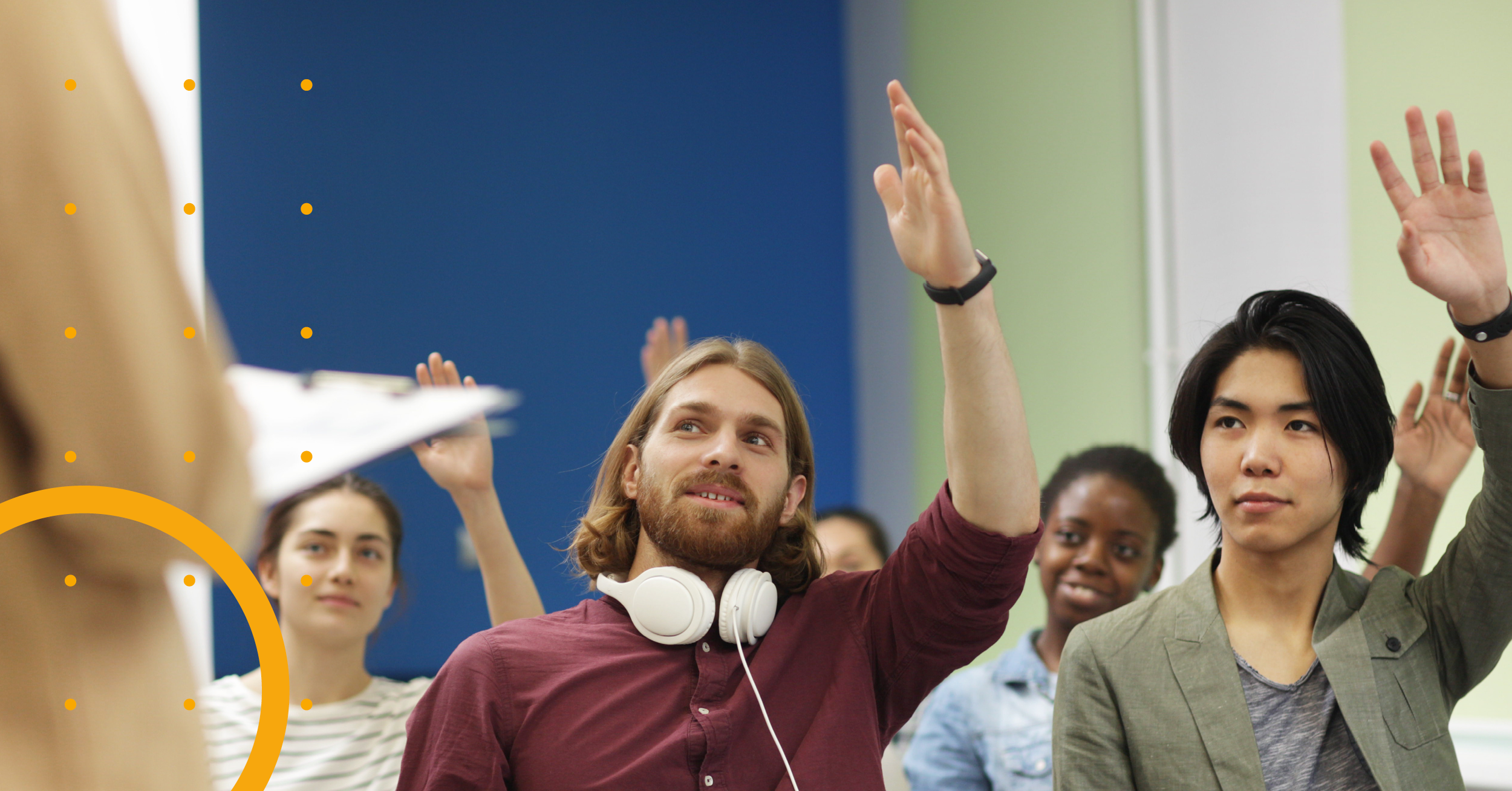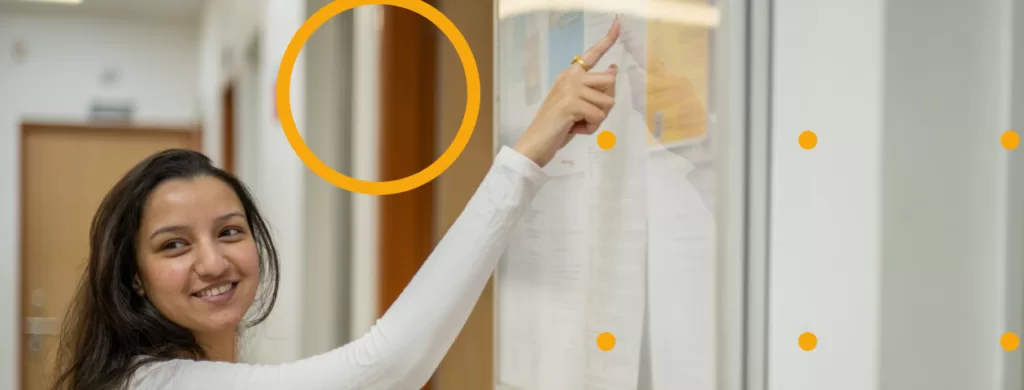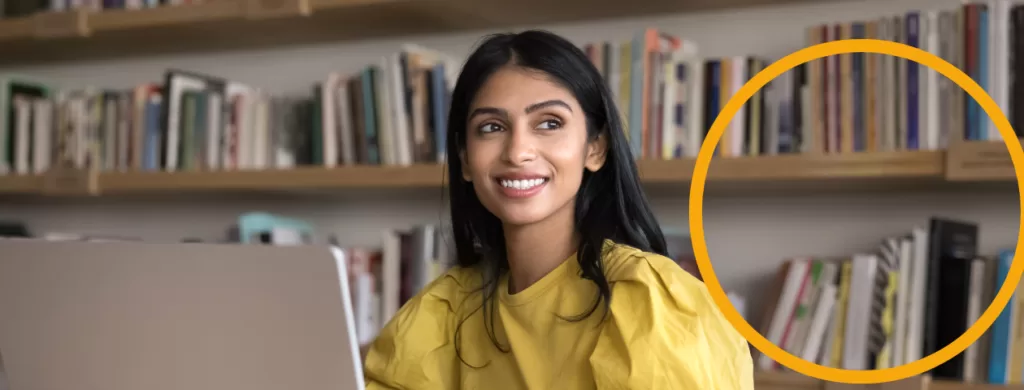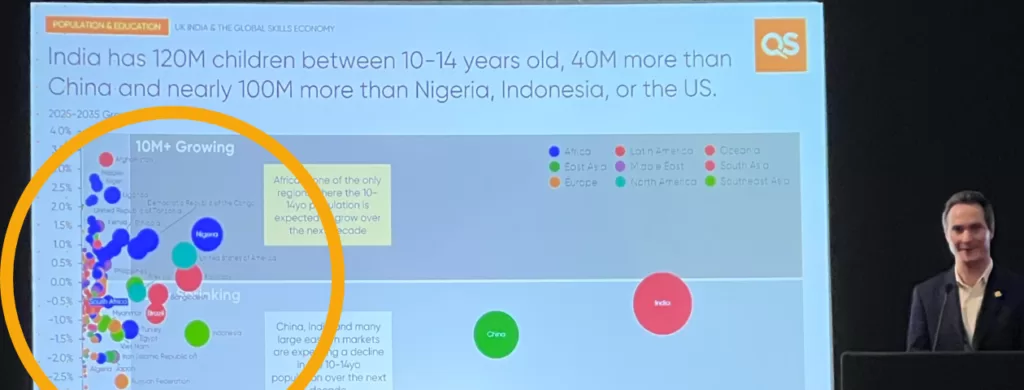
Social sustainability — encompassing social impact and community engagement — continues to gain prominence within organisations worldwide, including higher education. Universities are increasingly integrating social efforts into their operations. Students, faculty, staff and local communities experience numerous benefits when institutions implement robust social sustainability strategies.
According to the QS International Student Survey 2023, 46% of prospective Indian students interested in studying at Indian universities are actively researching environmental sustainability strategies of institutions.
Of those who have researched the environmental strategies, 76% of them are satisfied with the level of efforts displayed by these institutions.
Students mainly look to community-level engagement when it comes to raising awareness on sustainability. They expect universities to encourage and facilitate participation between students and local community with their contribution to social sustainability (68%).
But as seen in the QS World University Rankings: Sustainability 2024, leading institutions in India display a considerably weaker performance in social impact compared to the top institutions in its peer countries including Japan, Singapore and South Korea – highlighting a significant opportunity for Indian universities to improve their sustainability performance.
One way institutions can improve their sustainability efforts is through partnerships. What is the role of partnerships in addressing societal challenges? Can they help Indian universities better promote inclusive education and foster community engagement?
The power of partnerships in tackling societal challenges
Partnerships between governments, non-profits, businesses, academia and local communities are crucial for addressing social needs. Each stakeholder can leverage a variety of perspectives, resources and networks to create lasting change.
Collaboration helps address societal challenges in many ways:
Broadening impact: Working with other institutions, universities can broaden their impact through knowledge sharing, collaborative research projects, and engaging in academic and student mobility. By working together, universities can have a bigger impact through local community outreach, providing the resources, diverse perspectives and expertise of multiple institutions. By engaging students in working with local organisations to address societal issues, institutions can broaden the impact that students have on the world, before they even graduate.
Building capacity: By collaborating with industry, organisations or other universities, institutions can build greater capacity in their faculty and students. Faculty development programmes allow staff to gain additional training and support to meet business needs and to have a greater impact on the world. Building partnerships with industry – whether in the form of work placements or collaborative projects – can help students and staff to understand the challenges and demands of the workplace, creating stronger connections between education and employability.
Enhancing sustainability: Partnerships can play a valuable role in enhancing the sustainability efforts of universities. Through technology transfers, collaborative policy development and providing joint education programmes, universities can more effectively reduce their environmental impact, promote social responsibility, and foster economic resilience. Partnering with sustainable businesses and organisations is a way for universities to ensure their efforts are having a tangible impact too. For example, by working with local councils, sustainable research and data capture can be used for making societal change.
Promoting equity and inclusion: Building partnerships to enhance equity and inclusion means bringing together more diverse perspectives that enrich conversations, aid problem-solving and consider a broader range of needs. By integrating university-industry or university-university knowledge and innovation, more effective policies and practices can be delivered to ensure equal access and opportunities for all students, faculty and staff – whether it’s about providing financial aid and pipeline programmes to students from underrepresented backgrounds, offering support services for students with disabilities or creating inclusive opportunities to work in industry, celebrating diversity and addressing social justice issues.
Strategies for Inclusive Education and Community Engagement
Deputy Vice-Chancellor of Education and Student Experience at University of Kent, Professor Richard Reece emphasises that a university’s location is its most distinctive feature. Although universities often aim for global recognition in research and education, it’s crucial to acknowledge and address the needs and challenges of the local community.
“The role of universities within their communities has arguably never been more important. To really have a positive long-term impact on our local communities, we need to embed strategic approaches that bring universities and communities together in a process of co-production that is mutually beneficial.
“In many instances, ‘local’ refers to the immediate area around an institution, but this is not necessarily always the case. Locality and sphere of influence may also be dictated by administrative or political boundaries. Social impact works most effectively when universities work with other local education providers, local and national governments, industry, and local communities to create opportunities to improve the living standards or outcomes for the people of the community in which they are situated. Universities work best not as ivory towers, but as facilitators to bring together disparate, but interested, groups to tap into their prowess in research and education and tackle issues that will have a meaningful impact for those around them. Universities need to open their doors to their respective communities and stakeholders and create a sense of parity across all parties, so that meaningful and lasting engagement can lead to tangible and positive outcomes.”



